Optimal Weather for Shed Painting
Shed paintings are best performed during specific weather conditions to ensure optimal results. Ideal times include mild temperatures, low humidity, and dry weather, which help paint adhere properly and cure evenly. Painting during unsuitable weather can lead to issues such as peeling, bubbling, or uneven drying.
Spring and early fall typically offer the best conditions for shed painting, with moderate temperatures and lower humidity levels.
Ideal temperatures for shed painting are between 50°F and 85°F, avoiding extreme heat or cold that can affect paint application.
Choose days with clear skies and low humidity. Avoid painting before rain or during high dew points to prevent moisture issues.
Late morning to early afternoon provides the best lighting and temperature stability for painting sheds.
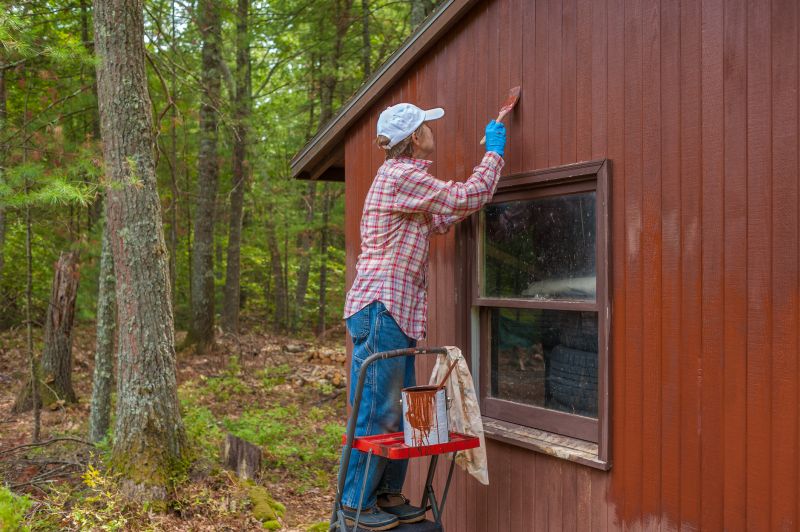
A shed being painted during spring with mild weather conditions.

A sunny summer day ideal for shed painting projects.

A shed painted in the fall with cool, dry weather.
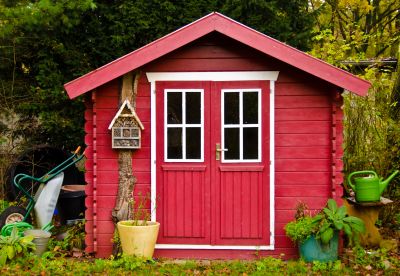
Ways to make Shed Paintings work in tight or awkward layouts.
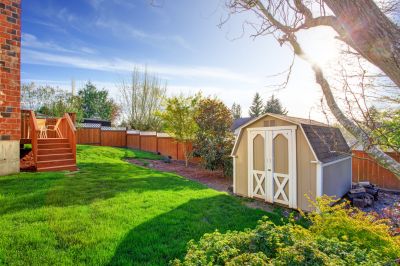
Popular materials for Shed Paintings and why they hold up over time.
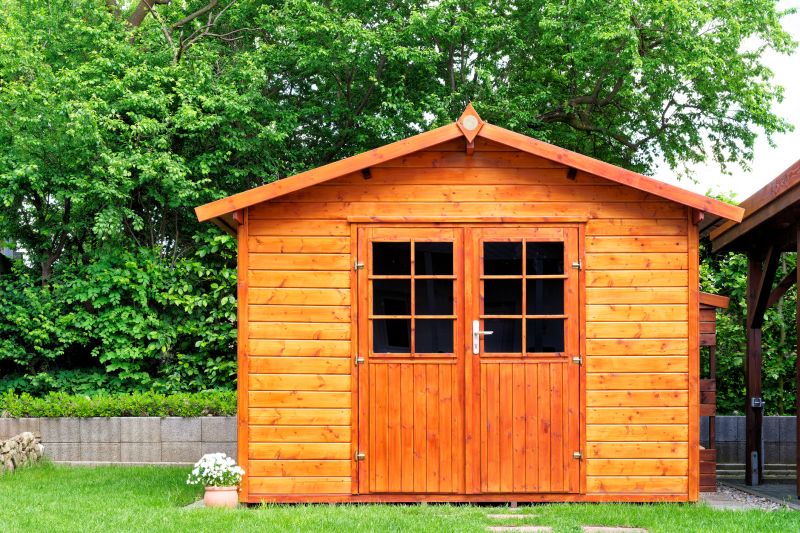
Simple add-ons that improve Shed Paintings without blowing the budget.
| Weather Condition | Recommended Time |
|---|---|
| Temperature between 50°F and 85°F | Spring and early fall |
| Low humidity | Late morning to early afternoon |
| Dry weather with no rain forecast | Any suitable day within the optimal seasons |
| Dew points below 60°F | Early morning or late evening |
| No high winds | Calm days for better paint application |
Shed paintings require attention to weather patterns to achieve a durable and visually appealing finish. Proper timing not only enhances the longevity of the paint but also reduces the need for touch-ups and rework. Monitoring local weather forecasts and selecting days with favorable conditions are essential steps before starting a shed painting project.
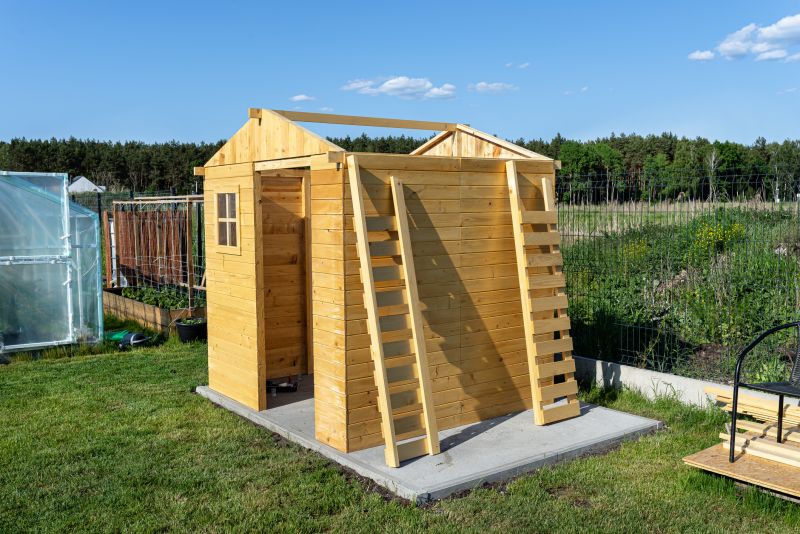
A shed freshly painted during spring's mild weather.

A shed painted in the crisp fall weather.

A shed being painted on a warm summer day.
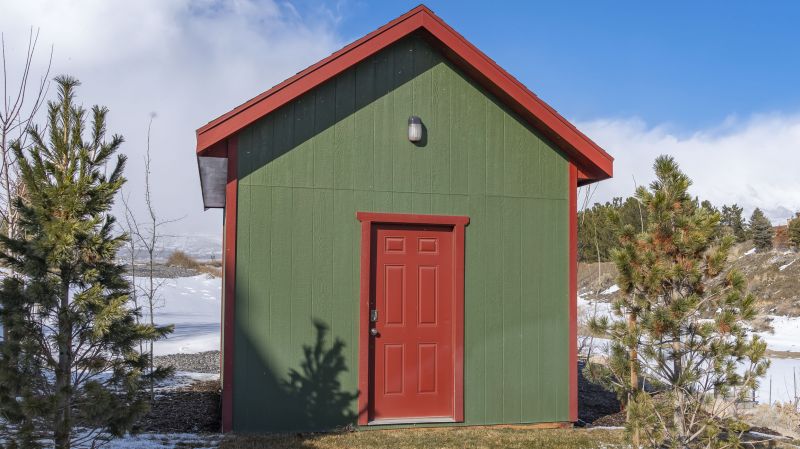
Ideal dry weather for shed painting projects.

High-end options that actually feel worth it for Shed Paintings.
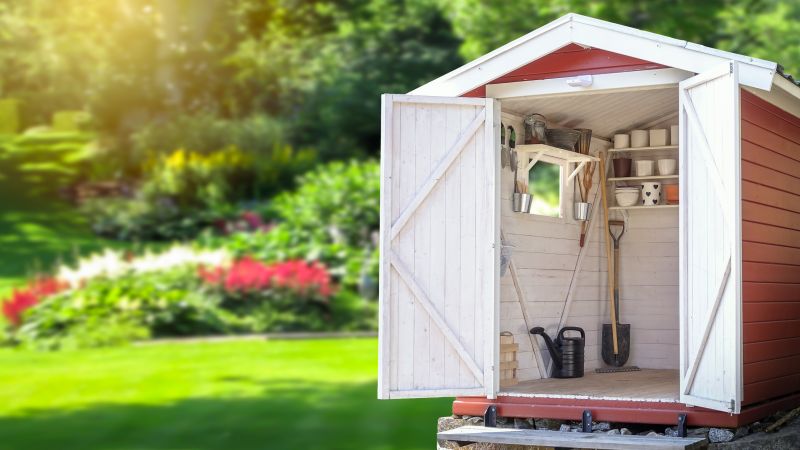
Finishes and colors that play nicely with Shed Paintings.

Little measurements that prevent headaches on Shed Paintings day.
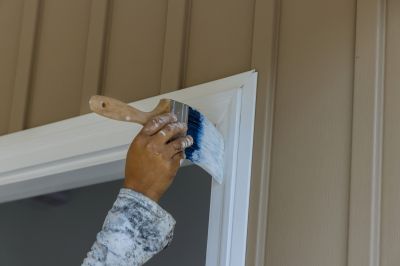
A 60-second routine that keeps Shed Paintings looking new.

A frequent mistake in Shed Paintings and how to dodge it.

Small tweaks to make Shed Paintings safer and easier to use.
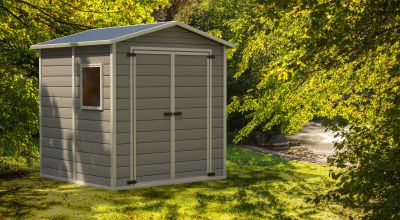
Lower-waste or water-saving choices for Shed Paintings.

The short, realistic tool list for quality Shed Paintings.
Choosing the right time for shed painting can significantly impact the quality and durability of the finish. Planning ahead and considering local climate patterns helps ensure the best results. If interested in shed painting projects, contact for further assistance and guidance.



